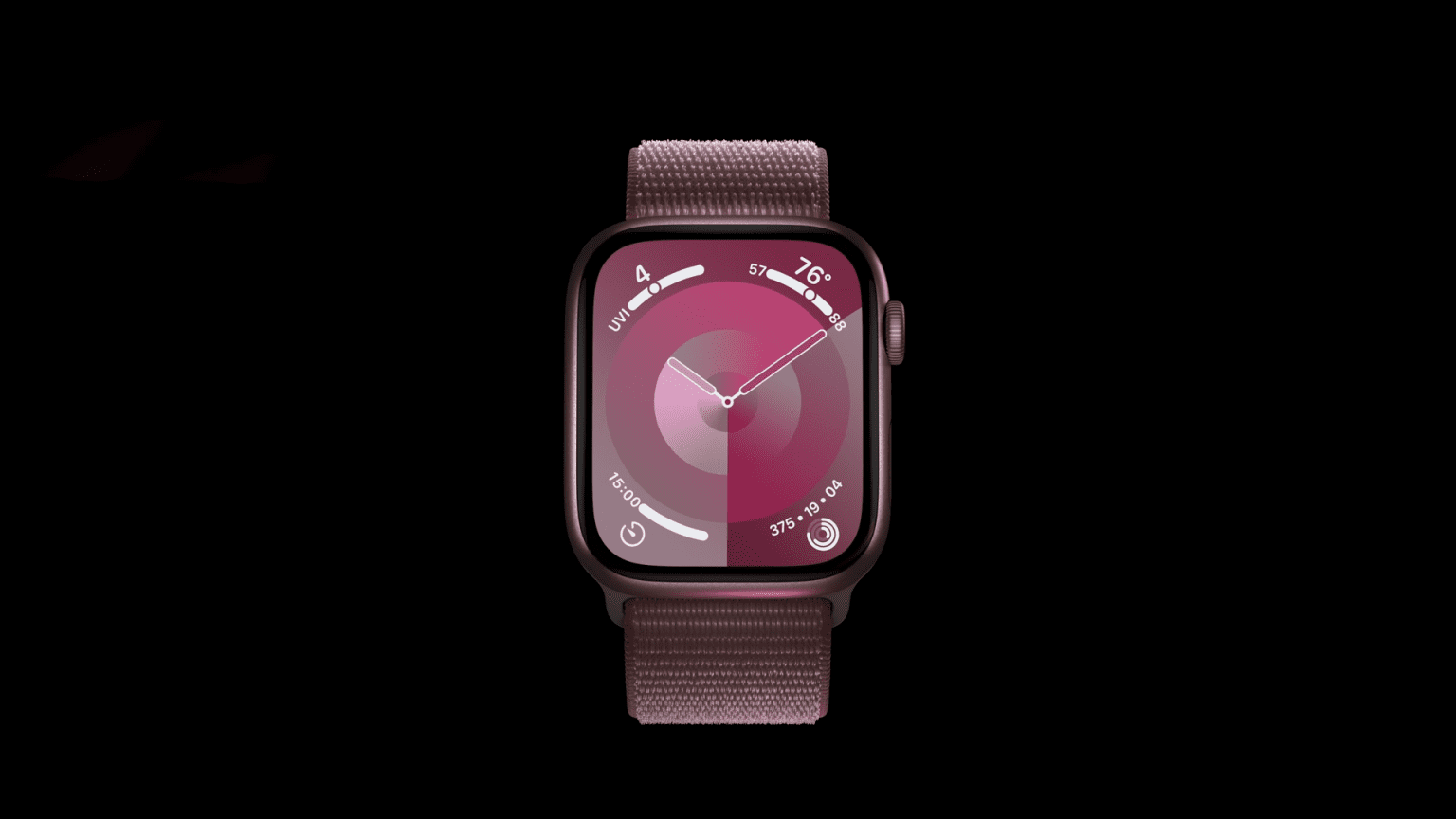The Apple Watch sales ban affecting the Series 9 and Ultra 2 models will be reinstated effective Thursday, January 18 after a US court denied Apple’s request for a longer pause (via Bloomberg).
The US Court of Appeals for the Federal Circuit has today rejected the company’s latest effort to pause the Apple Watch sales ban for a longer period after successfully snatching a temporary stay last month. With the Court’s decision, Apple will not be allowed to sell the Apple Watch Series 9 and Ultra 2 in the United States effective Thursday, January 18 at 2 p.m. Pacific Time.
Apple originally hoped to be granted an extended temporary stay against the sales ban while it sorts out a large-scale appeal against Masimo and its blood oxygen sensor patents. The process of this appeal could take up to a year, and the company unsuccessfully sought to resume sales of its latest Apple Watch models in the meantime.

Discover new horizons, always connected with eSIM
Travel the world stress and hassle-free with the best eSIM service available. Enjoy unlimited data, 5G speeds, and global coverage for affordable prices with Holafly. And, enjoy an exclusive 5% discount.
The saga began in October 2023 when the U.S. International Trade Commission (ITC) ruled in favor of Masimo, deeming Apple’s blood oxygen measurement technology in violation of their intellectual property rights. This led to a temporary halt in smartwatch sales, followed by a court-ordered resumption while Apple pursued an appeal.
Faced with the possibility of another sales suspension which became a reality today, Apple’s solution comes in the form of a software modification that essentially removes the blood oxygen feature from the implicated Apple Watch models. According to U.S. Customs and Border Protection, this adjustment falls outside the scope of the import ban, potentially allowing continued sales.
It remains to be seen whether Apple will go with that route of selling affected Apple Watch models while disabling the disputed blood oxygen sensor. For a more long-term solution, company engineers are said to be working on revamping algorithms that control and collect data from the blood oxygen sensor.



